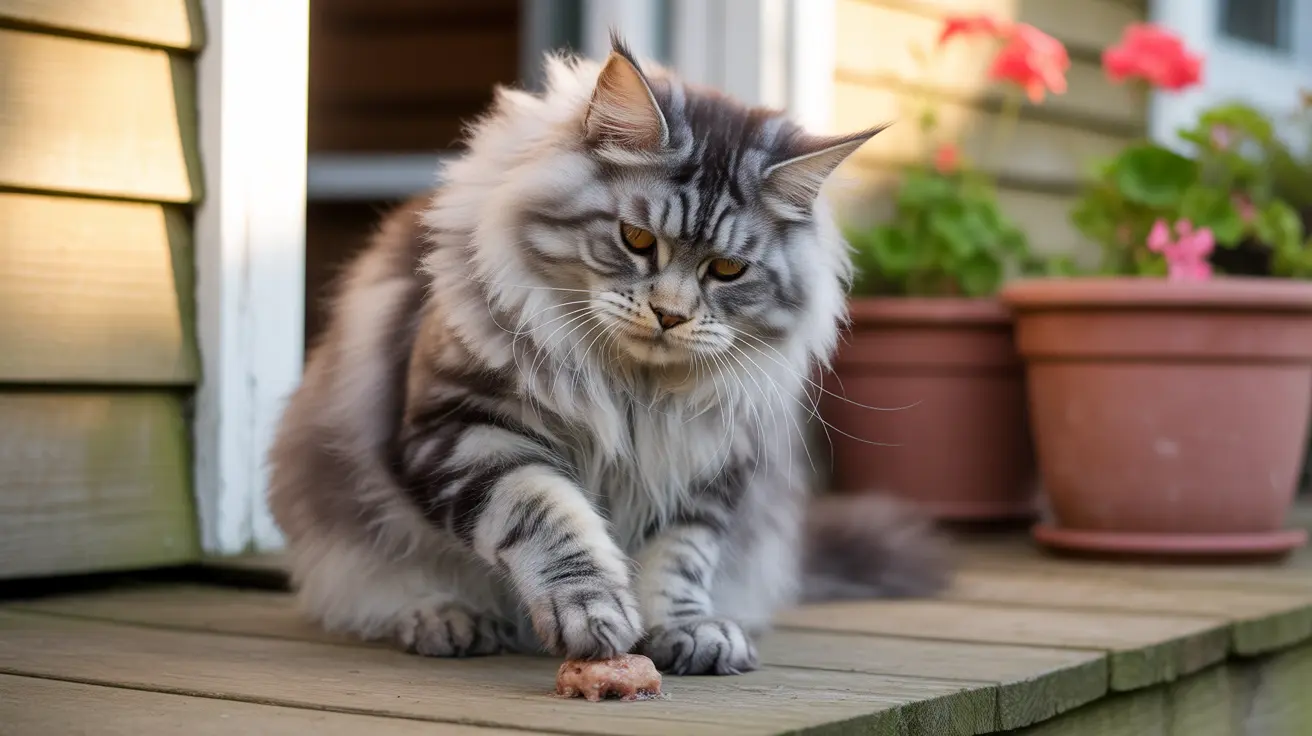Understanding Atopica Use in Cats
Atopica for cats is a prescription medication featuring cyclosporine, an immunosuppressant designed to help manage a range of allergic and autoimmune conditions. It's especially valued for its effectiveness in controlling persistent itching and inflammation linked to allergic dermatitis.
How Atopica Works
This medication works by suppressing specific immune cells responsible for triggering allergic reactions. By doing so, it reduces the production of inflammatory mediators that cause symptoms like itching, redness, and skin lesions. The result? Many cats experience significant relief from chronic discomfort.
Primary Uses in Feline Medicine
- Allergic dermatitis: Atopica is FDA-approved for managing itching and inflammation due to environmental allergens (dust mites, pollen, mold spores) or food triggers.
- Eosinophilic granuloma complex: This group of skin disorders often responds well to cyclosporine therapy.
- Miliary dermatitis & atopic dermatitis: Both are common itchy skin conditions in cats that benefit from immune modulation.
- Other off-label uses: These include self-induced alopecia, stomatitis (mouth inflammation), inflammatory bowel disease, pemphigus (autoimmune skin disease), immune-mediated thrombocytopenia, pure red cell aplasia, idiopathic pruritus (itching with no known cause), prevention of organ rejection after kidney transplantation, and feline urticaria pigmentosa.
Veterinarians may sometimes recommend Atopica for these additional conditions based on clinical judgment—even though they're not specifically listed on the product label.
Dosing and Administration
The medication comes as an oral liquid (100 mg/mL) with a dosing syringe for accurate measurement. It's typically given directly into the cat's mouth or mixed with a small amount of food. To reduce stomach upset, you can give it with or just after food. Atopica is approved only for cats at least six months old and weighing at least three pounds; it's not intended for breeding, pregnant, or lactating animals.
Treatment Course and Effectiveness
Cats treated with Atopica often show improvement within weeks. After an initial daily dosing period, your veterinarian may reduce the frequency—sometimes to every other day or even twice weekly—while aiming for the lowest effective dose that keeps symptoms under control. All dose changes should be made under veterinary supervision.
Common Side Effects
- Gastrointestinal issues: Vomiting, diarrhea, decreased appetite, weight loss—these are most frequent early on but often resolve over time.
- Lethargy or behavioral changes: Some cats may become less active or hide more than usual.
- Drooling or gum overgrowth: Hypersalivation and gingival hyperplasia have been reported.
- Increased thirst/urination: Keep an eye out for these signs as well as sneezing or discharge from eyes/nose (possible infection).
If your cat experiences significant side effects—especially signs of infection—contact your veterinarian promptly. Most mild gastrointestinal symptoms improve if you administer Atopica with food.
Cautions & Contraindications
- Avoid use in cats with prior cancer or hypersensitivity to cyclosporine.
- Do not use in cats infected with FeLV (feline leukemia virus) or FIV (feline immunodeficiency virus).
- Caution is needed if your cat has kidney disease or diabetes.
- Cats on Atopica should stay indoors and avoid raw meat diets to minimize infection risks like toxoplasmosis.
Drug Interactions
This medication can interact with certain antibiotics (ciprofloxacin, enrofloxacin), antifungals (ketoconazole), antacids, heart medications (digoxin), other immunosuppressives, metoclopramide, phenobarbital, and more. Always provide your vet with a full list of medications and supplements your cat receives.
Human Safety Precautions
The oral solution is hazardous to humans—especially those who are pregnant or breastfeeding. Wear gloves when administering it; wash hands thoroughly afterward. If accidentally ingested by a person, seek medical help immediately.
If You Miss a Dose or Overdose Occurs
- If you forget a dose: Give it when remembered unless it's almost time for the next one; never double up doses.
- If overdose occurs: Symptoms include vomiting, diarrhea, appetite loss—and potentially kidney/liver damage if severe. Contact your veterinarian right away if this happens.
Storage Guidelines
- Store Atopica at room temperature (59°F–77°F / 15°C–25°C), away from moisture/light.
- Bottles should be used within eight weeks (5 mL) or eleven weeks (17 mL) once opened. Keep out of reach of children/pets; avoid bathrooms or humid areas.
The Importance of Monitoring
Your veterinarian will likely recommend periodic blood tests before and during treatment to monitor immune function and organ health. Watch closely at home for any side effects or signs of infection while your cat is taking Atopica—it helps ensure both safety and effectiveness throughout therapy.
Summary:
- Atopica manages allergic dermatitis and other immune-related diseases in cats by suppressing overactive immune responses.
- Dosing is tailored by veterinarians based on response; most side effects are manageable.
- Cats must be monitored regularly for safety during treatment.
Your vet remains the best resource for guidance on whether Atopica suits your cat's needs—and how to use it safely at home.





